Have you ever dreamed of becoming the next Malcolm Gladwell, Ernest Hemingway or Stephen King?
If you’re a writer, then the answer is obvious.
But in this day and age, more and more writers are turning to a more accessible platform:
Blogging.
Of course, writing a blog is much different than penning a New York Times bestseller.
The medium works in smaller chunks and calls for major concision.
Smart bloggers understand this because they also understand that modern readers have short attention spans.
In fact, a Microsoft study found that technology has reduced the average human attention span to 8 seconds, which is 1 second shorter than that of a goldfish.
I won’t lie to you: Becoming a better writer and running a successful blog isn’t easy. But, if you follow my tips, you can start producing engaging content in as little as 30 days.
Remember that when it comes to writing a great blog post, your ultimate goal is to communicate your message or idea quickly and powerfully.
Magazine content usually has a stipulated length, but blog posts can range from 300 – 5000 words or more.
Regardless of the length of the blog post, you still have to persuade people. You’ve got to get people’s attention and hold it.
The benefits of blogging are enormous. According to HubSpot, writing and publishing a blog daily will generate a higher inbound ROI for your business, compared to blogging just a few times per week.
Blogging may not yield quick results the way paid advertising can, but I can assure you that it’ll produce sustainable and motivated leads and customers for your business. What’s more, blog posts are an excellent medium to share on social media platforms and improve brand awareness.
If you’re ready to start a blog–or ready to hone those blog posts in your arsenal–let me show you 5 simple ways to become better blogger in just 30 days.
Here’s the first…
1. Write down ideas, all the time
When you write down your ideas, you automatically focus your full attention on them. Few if any of us can write one thought and think another at the same time. Thus a pencil and paper make excellent concentration tools. – Michael Leboeuf
Nurjean Chaneco revived his blog by continually writing down new ideas. Andrew Lynch, founder of The Daily Practice Journal, improved his blog writing skills the same way.
In his words,
I genuinely feel like an idea machine. I am MUCH more creative, often come up with novel or interesting solutions to problems.
Stop seeing yourself as an aspiring writer. There’s only one way to become a writer and that’s to start writing.
In this case, write a blog post.
How do you begin?
Start by writing down ideas as they occur to you. Make it a habit and keep doing it consistently by installing a note-taking app, like Evernote, on your mobile device.
It doesn’t matter whether you’re having lunch with friends or waiting for a doctor’s appointment — ideas occur to us all the time. You need a way to capture them when they do so that you can turn them into a great blog post in the future.
James Altucher recommends that you write down 10 ideas per day. Make this a daily practice and you’ll become a better writer. What’s more, you’ll never run out of ideas or experience writer’s block.
From 2014 to date, I’m able to write 8 blog posts per week, while running 5 successful companies. In large part, this is because I immediately write down ideas.
For example, when I attend a conference, I always have my mobile device with me. Apart from the occasional browsing, I primarily take notes.
When a speaker is on the stage, you’ll find my eyes glued and my ears attentive to every word.
According to one academic research study, we often remember what we’ve written down. If you fail to write it down, your brain might not remember it when you’re desperately in need of it–like when you’re ready to write a blog post.
Cultivate the habit of writing down ideas. Don’t postpone this daily practice, grab your pen and write down ideas after reading this post.
In fact, do it now. After all, generating topic ideas is one of the best blog writing tips around.
2. Start with a story
Once you’ve mastered this habit, it’s time to capitalize on innate human nature with storytelling.
Your story doesn’t have to start with “once upon a time…”
Storytelling, in our context, is all about conveying your thoughts, experiences, processes and results in a memorable, engrossing way, using words, sounds or images.
When you tell a story in your blog post, you’re answering a specific question.
For example, Dollar Shave Club, in their story-based video content, answers the simple question, “why pay more for shave tech you don’t need?”
When you’re able to take readers from Point A to Point B, you already possess the attributes of a good storyteller and a successful blog writer.
Better blog writers are storytellers. In fact, if you’ve ever read a blog post that pulled you in and got you excited, chances are it’s because of a compelling story.
An example of a storytelling-based blog post is Jon Morrow’s epic post titled “How to Quit Your Job, Move to Paradise and Get Paid to Change the World.”
This post was all about storytelling. Jon narrated the story of how, in April 2006, he was hit by a car going 85 miles per hour, resulting in 14 broken bones.
Within 3 months, he quit his job, sold everything he owned and then disappeared.
You can read the rest of the story. But, I’m emotional right now, because the substance of his blog post could make anyone cry.
And guess what? This particular blog post has generated close to 500 comments, as well as thousands of shares on social media and inbound links.
Stories are memorable. Stories resonate. And, we can tell and retell them to everyone who cares to listen. If you’re just about to start a blog, keep this at the forefront of your mind: Your reader wants to be entertained.
Stories pull people in and help dispel doubt. That’s because, through storytelling, you’re able to develop a scene where people can relate with what you’re saying and picture themselves doing it.
Become a memorable writer by integrating stories into your blog posts. It doesn’t have to be your own story, either. You’ll notice how I shared Jon Morrow’s story in this post and it still provided value.
Here’s another great example of storytelling:
DANIELLE LAPORTE, on managing & loving money:
No one ever taught me how to manage money. My folks were young and working, Catholic High School didn’t give me any tips, and I skipped college. So that left me and my Visa card, which mysteriously showed up in the mail on my nineteenth birthday. I promptly went shopping that weekend. And the next weekend.
3. Develop an easy-to-follow outline
Before you sit down to write a blog post (or any content for that matter), you should develop an easy-to-follow outline. This isn’t optional – it’s an essential step.
Once you’ve picked a topic to write about, from the list of ideas that you’ve written down in #1, create an outline.
The outline should contain the headline or title, the major points that you want to make in the body and a conclusion.
To get the juices flowing, I recommend that you actually write the introduction and the conclusion first, then add a list of things that you’ll cover in the body.
For example, here’s a typical outline:
Headline:
3-Step Process For Turning Casual Visitors into Buyers
Why are your site visitors not buying your digital products?
Well, the answer is right under your nose: You’ve not nurtured them, and therefore, they don’t trust you enough to spend their hard earned money on.
But the good news is that it doesn’t have to be that way. I want to show you how to turn casual site visitors into buyers. You’ll love this.
Keep reading…
Subheadings:
i). Capture email leads with on opt-in form
ii). Launch a lead nurturing program
iii). Offer an MVP (minimum viable product)
Conclusion
There you have it. The 3-step formula for ensuring that your site’s casual visitors transition through your marketing funnel and get excited about purchasing your product.
If you haven’t yet added an opt-in form on your blog, do that now. Then, drive traffic to your landing page, and begin the process of lead nurturing.
An outline guides you when you start writing a blog post or other copy. You already know what should go into the subheadings, even before you get there, so it helps you stay focused.
100% of my blog posts start as outlines, including the $100,000 case studies. Indeed, outlines are one of the most essential blog writing tips that you should internalize.
The introduction to your blog post should be compelling. Knowing how to open your blog post introduction with a bang will guarantee that your readers will read at least 65% of your content, if not the whole thing.
For the body, make a few bullet points, like I did with the subheadings. Ideally, these bullet points should describe the major ideas that you want to cover.
You can include keywords in the subheadings, if they flow naturally there. Don’t try to manipulate search rankings or stuff keywords.
In the conclusion, you’re simply reiterating what your readers have learned in the post. See how I concluded my recent post:
Obviously, not everyone will read every word or sentence in your blog post. Readers who skim posts will benefit from the conclusion and grasp what you were talking about in the body of the post.
Don’t worry about perfecting the outline. After all, it’s only an outline, not even a first draft. With your outline, you can flesh out your thoughts easily.
Outlines can help you plan future writing,
says Jeremy Porter.
And, according to the Harvard College Writing Center, “A good outline will also save you time in the revision process, reducing the possibility that your ideas will need to be rearranged once you’ve written them.”
Whether you’re a beginner or experienced, even successful blog writer, always begin with an outline. It’ll make your life easier.
4. Read other great writers
If you want to write better blog posts, then you MUST read other great writers inside and outside your industry. It’s one of the most vital blog writing tips you need to memorize and put into action.
Read about writing. For example, I’ve read On Writing Well: The Classic Guide to Writing Nonfiction, by William Zinsser, as well as The Elements of Style, among others.
The books, journals and blogs that you’ll read may not be closely-connected to your topic (e.g., lead generation), but you’re training your brain to think outside of its comfort zone and give you more great ideas. In turn? You’ll be better equipped to write a great blog post.
The truth is that if you don’t read great writing, you don’t really know how to do it–and that successful blog that you dream of will evade you.
I’ve learned that I get a better education from studying authors’ best work than I do from waiting for a piece of advice from them.
Remember that words are powerful. Humans are, in a sense, made up of words. If you want to know what Seth Godin believes in and what drives his writing, read his bestselling books and his wildly popular blog.
If you want to find your voice, start by reading great writing and studying great writers. You’ll find your voice, over time, especially as you keep practicing your own writing, preferably in those blog posts you’ll draft (and eventually publish).
Read a lot and read diversely. Watch TED talks, take notes and study infographics from effective writers. All of these can help spur you towards better writing.
Make sure that you pay close attention to style and mechanics, then develop a unique style for yourself.
5. Find relevant questions and start answering them.
I know you’re probably tired of hearing it, but it’s worth repeating: Consistent writing is one of the easiest ways to become a better writer.
The question is, what should you write about?
As a beginner, write blog posts that answer questions.
I told you earlier that reading is my #1 priority as a blogger. I don’t write a blog post until I have read a lot about the subject I’m about to approach.
On the web and in real life, there are too many questions with too few answers.
That’s good news for you.
Considering the level of competition online, you can become a better writer and actually build a loyal audience by answering questions on your blog.
Why do you think sites like Quora are so popular?
It’s because people want answers to questions.
If you don’t know what to write about, I encourage you to find relevant questions in your niche or industry and provide answers to them.
Brian Dean, the founder of Backlinko.com, has mastered the art of answering his users’ questions in his blog posts.
He’ll go to Quora, find questions related to search engine optimization, then go the extra mile to proffer solutions in the form of a long-form blog post.
85% of my blog posts are based around questions. Take a look:
Don’t worry about providing the single best right answer, regardless of your knowledge about the question. You can search Google for content that addresses the question.
When you find informational content that provides some form of answers or hints, expand on it. Write a better headline, develop an outline and make sure that your subheadings and bullet points answer the question.
Conclusion
You don’t need any special qualifications to become a better blog writer in 30 days. Nor do you have to have an MFA or the pedigree of Hemingway to run a successful blog.
Oftentimes, what you require to write a great blog post is right under your nose: time.
Time is a precious commodity. When you invest adequate time in reading, you’ll most assuredly become a more confident and persuasive writer and be able to write blog posts that shine.
As a rule of thumb, when you’re writing a blog post, don’t waste time trying to please every reader. It’s not in your best interest. After all, you don’t need everyone following your blog.
Instead, write blog posts to express your worldview. Because that’s building true–and authentic–brand awareness.
Which of these blog writing tips have you used? Are there any others that you’d like to share here?


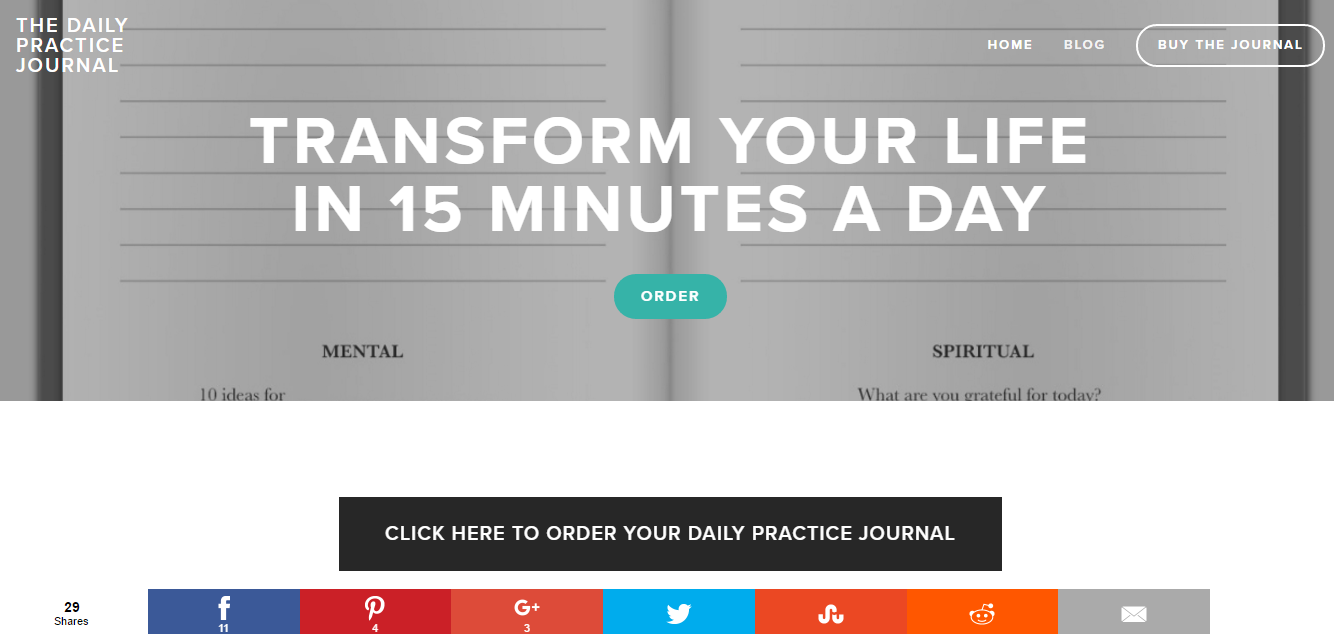

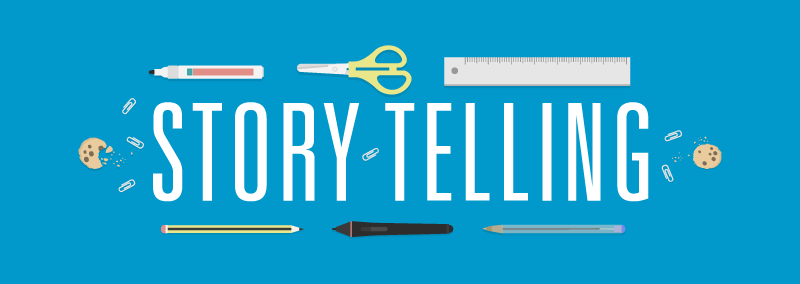

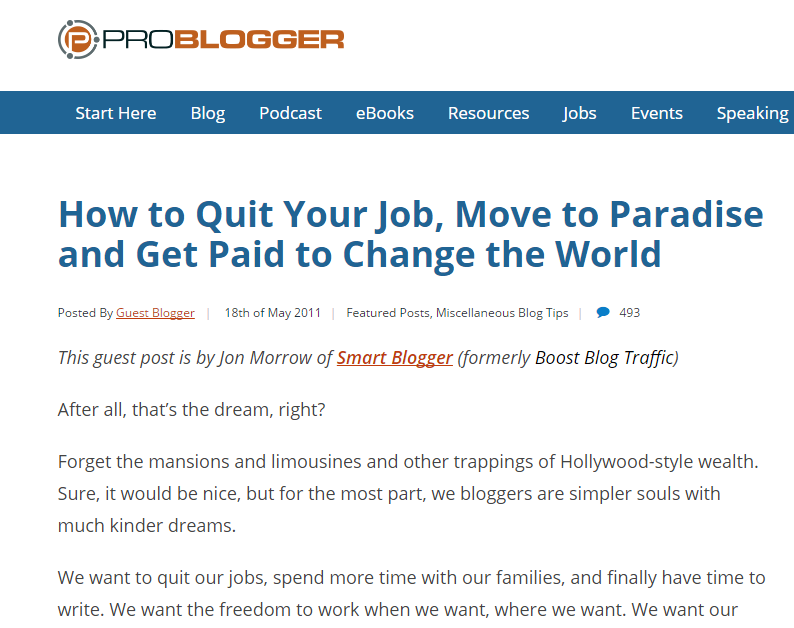

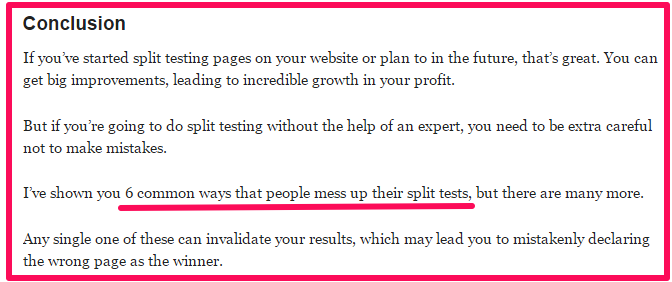
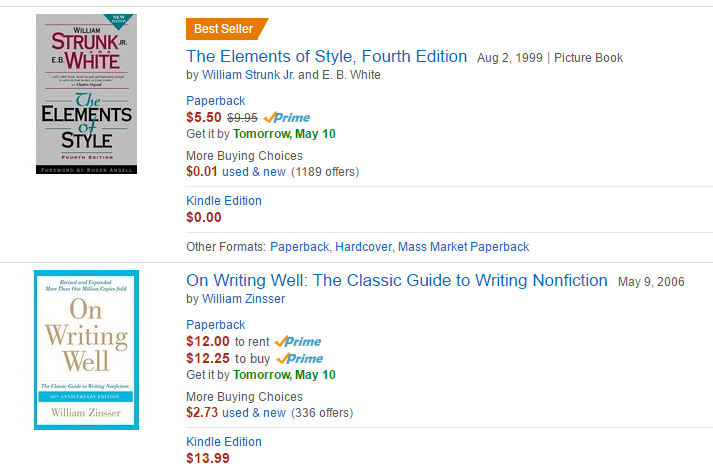
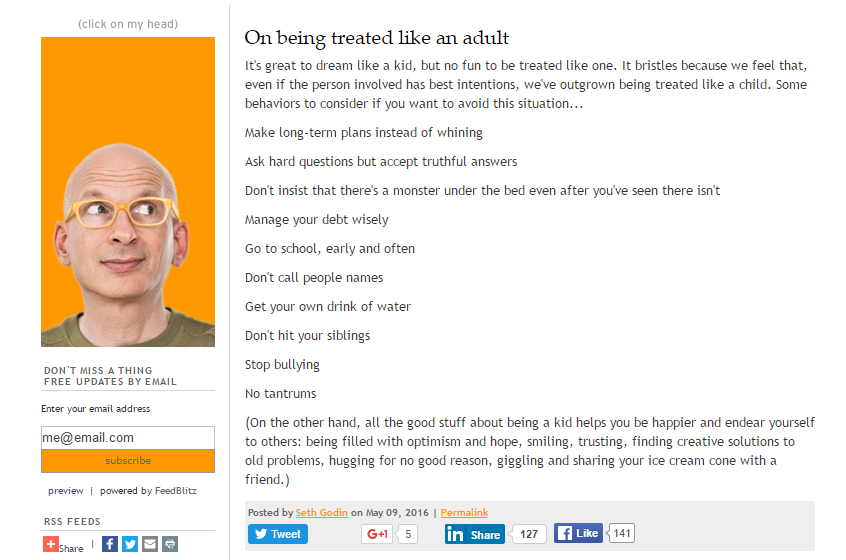

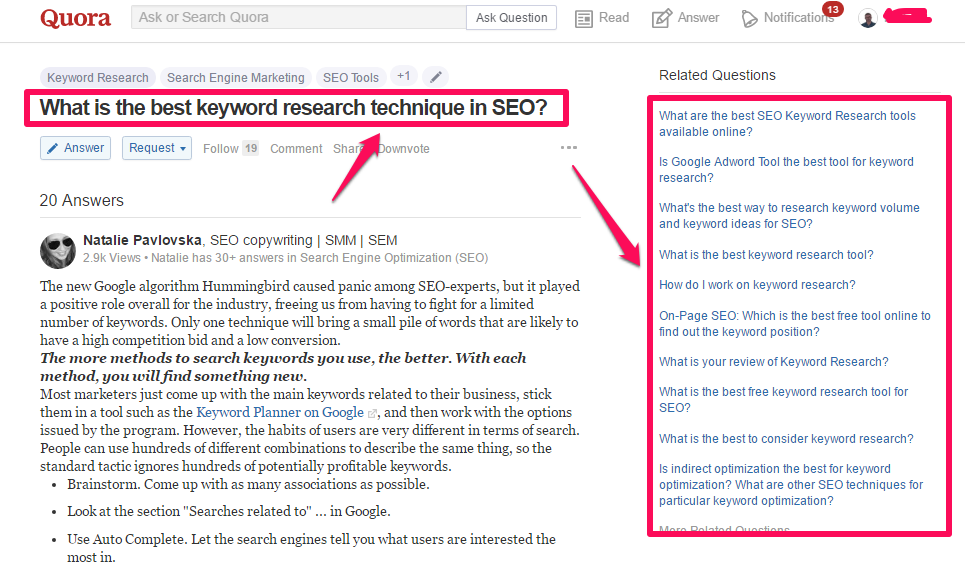
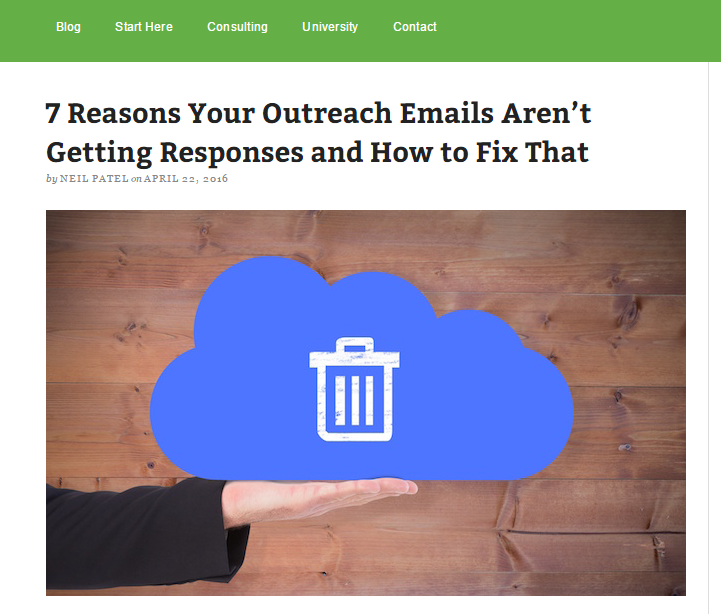
Comments (134)